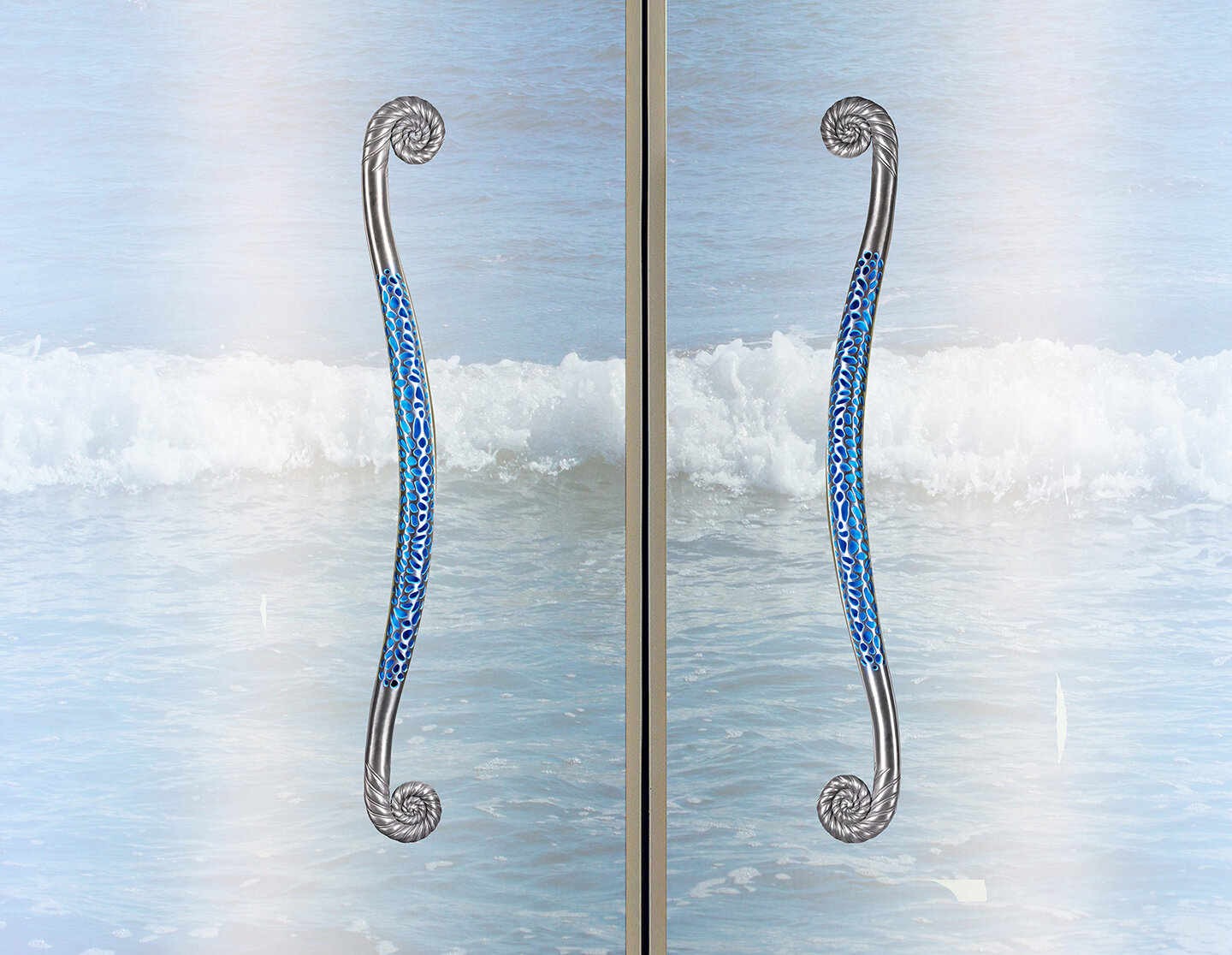Our Dog Door Knobs have been on our web site for a couple of months now and include eight breeds of dog and 4 cat breeds. The dog collection is being expanded to include a Yorkshire Terrier and a Pug.
Our marketing is mainly by word of mouth through our blog as the collection develops with new pieces being added.We will also be sharing news on Jackson our new Staffy dog and companion to Iris, our current Staffy who has been featured many times on our blog.
We have announced our new collection through press releases and through Pet Companion Magazine which is well known locally in Southern California and neighboring states, and which is an excellent read in print at news-stands and on line at www.petcompanionmag.com.
We are very pleased that our dog themed accessories are receiving a good response from dog owners and orders are starting to arrive. Our first order for door knockers was surprisingly for six Staffordshire bull terriers. While we concur with the customer that the Staffy head is quite exceptional and warrants an order for six it did raise the question “who needs six door knockers?” We have concluded that the customer must have some very worthy friends and that the season for gifts is only 5 months away.
We took a few pictures of the patinaed door knockers, and the pack makes an interesting artistic statement.




















